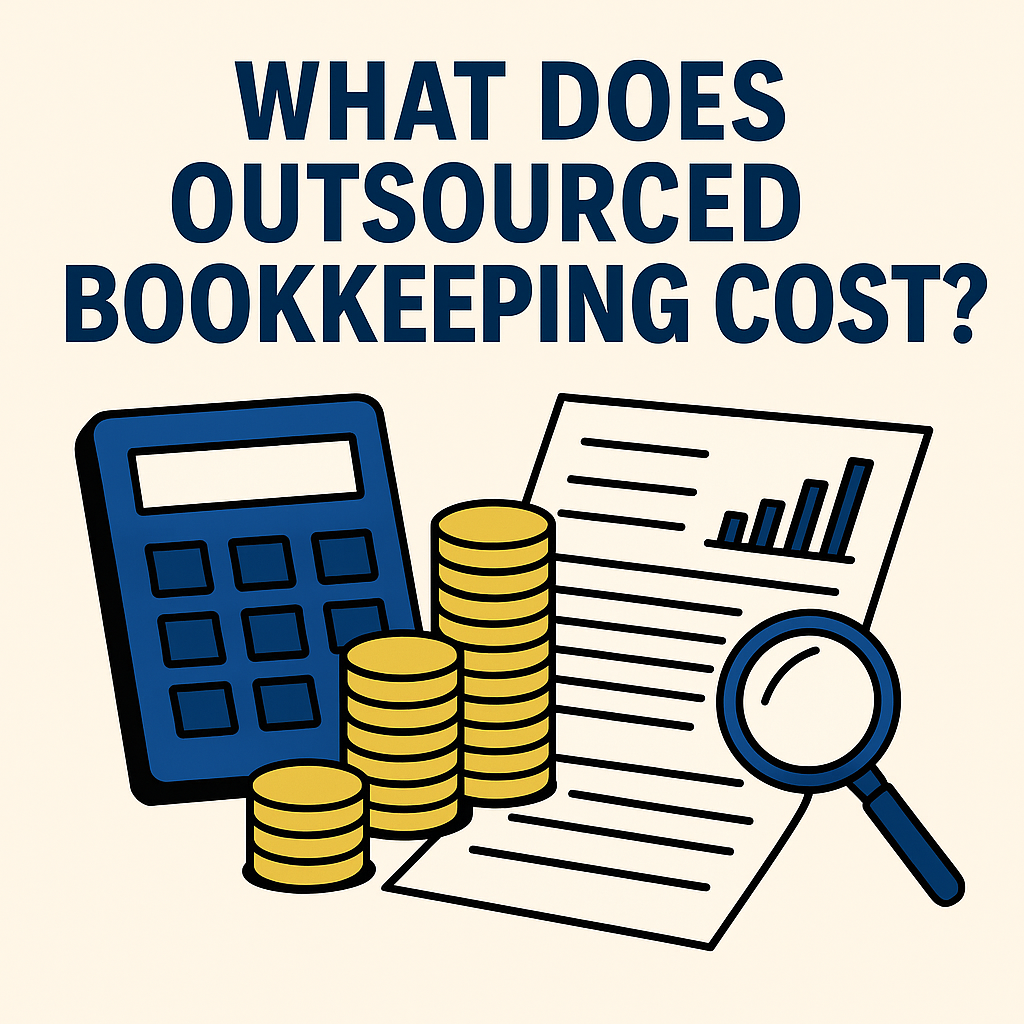
It’s 7:00 PM on April 15 you’ve just written a check to the Internal Revenue Service for $23,450. You’re scratching your head wondering why Uncle Sam is getting his, and if there’s anything you could’ve done to save on taxes. The scary thought is that without working with a professional on proper tax planning, you have no idea what you’re missing out on.
This is why it’s a great idea to work with a tax advisor who will help you identify ways you can save on taxes in your business. Every year that you wait means you’re potentially losing out on those tax savings… forever.
In this article, I’m going to share the steps that CleverProfits goes through as part of our tax planning service to generate 5-6 figures of tax savings for our clients.
Yep. We’re giving away the secret sauce to tax planning.
Tax Planning: What is it?
A good tax plan is an optimized framework of structures, agreements, and elections that work harmoniously together to minimize your annual tax burden.
To build a tax plan that saves you money, we employ a series of qualitative and quantitative assessments of your business in our 5-step process:
- Identify your tax structure options
- Determine your business’ net profit
- Project your company’s growth over the next 3 years
- Quantify what you need to pay yourself
- Calculate your projected taxes under each option
As you’re about to see, we really dive into the nitty-gritty of how your business works. We ask detailed questions about your operations, financials, and tax posture on our quest for the holy grail of tax savings.
Step 1: Identify your tax structure options
Limited Liability Companies (“LLCs”) are the most popular choice of legal entity, but they come with four different tax classifications for income tax purposes. There are pros and cons of each tax classification, and some work better than others when dealing with multiple members and different levels of profit.
Tax Structures Available Based On Business Ownership
As a general rule, who owns your business and how you divide profits will dictate what tax structure options are on the table.
If you’re the sole owner of an LLC, your options are:
- Sole-proprietorship (default)
- S-corporation
- C-corporation
We often see businesses with multiple partners that each contribute a unique skillset in servicing clients. If your LLC has multiple members, your options are:
- Partnership (default)
- S-corporation
- C-corporation
We also need to understand how you divide your profits between the owners of the business.
Division of Profits and Losses
To elect S-corporation status, your business needs to meet some rigid ownership requirements. You can only have one class of stock and you can’t have any foreign or corporate owners. If all your profits are divided evenly based on a straight percentage, then an S-corporation is probably a viable option.
If your company divides profits in an unusual way, like a waterfall agreement, then an S-corporation probably won’t work. This is because it would fail the single class of stock requirement. That disqualifies using an S-corporation and leaves you two options for a multi-member LLC: partnership or C-corporation.
Step 2: Determine your business’ net profit
The next step in the process is to determine a baseline for your company’s net profit.
Your net profit is the starting point for calculating the amount of tax you would owe under the different scenarios. It’s important that we factor in as many variables as we can. Even getting minor assumptions wrong could result in a completely different answer.
We calculate your baseline by figuring out how much profit you expect your agency will earn this year.
Projected Revenue
We identify your recurring and non-recurring revenue sources from your client portfolio. So for starters, we usually ask the following questions:
- Who are your clients?
- Are your clients on monthly retainer packages or do you they pay per lead? Or a mix?
- What do you charge for setup or non-recurring services?
- How many more potential new clients do you have in the pipeline?
- How many new projects do you have in the pipeline? When will you start working on those projects?
Budgeted Expenses
After projecting your revenue, we identify your recurring and non-recurring expenses. The biggest expenses are labor, marketing, and overhead. Here are some sample questions to consider:
- How much are you paying your employees or contractors to service your existing clients?
- Do you need to hire more people to service prospective clients?
- How much are you incurring on your own marketing channels?
- Do you plan to make any major new hardware or software investments?
- Do you need to hire any consultants or executives for your business?
Projected Income Statement
We piece together your revenue and expense projections to build an income statement that we can use as a baseline.
After reviewing your financial projection for the year, we’ll have a better sense of how your business benchmarks against the industry standard.
Step 3: Project your company’s growth
We can’t assume that your business is going to make the same amount of profit every year. We need to make some educated guesses on what taxes you’re going to pay in the future too. So we project how much your business’ net profits will grow over 3 years.
We take the baseline income and assess some qualitative and quantitative growth factors:
- How many more clients will you be able to take on?
- Is your business limited in its ability to scale?
- Do you need to invest in people and processes?
We strip out any of your non-recurring revenue and expenses from the baseline. From the new baseline, we build conservative, moderate, and aggressive 3-year projections. Then, we can work with you to select the scenario with the highest probability of occurring for the model.
This will serve as a basis for how we compute taxes under the various tax structure options.
Step 4: Quantify what to pay yourself
This next step gets a little more personal. You have to pay yourself a salary.
The reality is that most business owners take owner draws from their business checking account whenever they want.
As a business owner, we understand that you need to eat, pay rent, and live life on your terms. we understand that you need to fund your life.
When we start diving into advanced tax structures, taking from the company piggy bank to fund your personal expenses is a big no-no. And if you want to grow your company, you cannot take a cookie from the cookie jar whenever you want.
You need to quantify a fair salary to pay yourself as the CEO of your company. We will not judge you if you want to use your hard-earned income to buy a Model S. But we do need you to tell us how much you need to buy one so we can optimize your tax plan.
Reasonable Compensation
The Tax Code requires that your company pay you reasonable compensation if you have any involvement in your company’s operations.
Imagine if you were a silent owner of your business. You would have to pay someone to run your business for you. Most importantly, you wouldn’t just hire anyone. You would hire a CEO who had experience commensurate with the role they were assuming.
Realistically, no one is going to do that job better than you, so you need to pay them a fair salary so they come to work for you. How much would you need to pay that person to make sure your business continues to grow and make you money while you sleep?
Based on that logic, we would need to find out how much we should pay the CEO of your online business. We obtain benchmarks so if the IRS were to come in and audit your compensation, we’d have support for your salary.
Compensation vs. Owner Draws
We factor in both your personal expenditures and reasonable compensation into my model. The model will tell us how much of your personal expenditures should come from salary and how much should come from owner draws.
After you’ve paid yourself, every dollar of profit will stay in the company piggy bank to grow your agency.
Step 5: Calculate Taxes Under Each Tax Structure
After all that, the final step to designing your tax plan is to calculate your taxes under each tax structure with the results from steps 1-4.
Some thoughts that go into calculating your total taxes under each scenario include:
- Current tax brackets and rates
- Maximizing tax deductions
- Qualified business income deduction (Section 199A)
- Accounting methods and recurring tax deferrals
- R&D credits and incentives
- Defined contribution plans (tax-advantaged retirement accounts)
- Multistate tax presence
Our tax savings model will quantify the total amount of income taxes that you’ll pay under each tax structure. A lot of outputs come out of this, including:
- Salary/wages taxes
- Business income taxes
- Dividend taxes
- Self-employment taxes
- Payroll taxes
- Medicare Tax and Surtax
- State income taxes
- State franchise taxes
- And other relevant expenses
With the data and numbers in hand, we assess the final outputs and evaluate some of the qualitative factors of moving forward with your new and improved tax plan.
Tax Planning Summary
To recap, this entire exercise is designed to help you figure out the perfect combination to save you the most amount of taxes. We need to be thorough with my assessment of you, your business, and tax posture. Flying blind without the details leads to poor decision making.
It’s a long road to minimize your company’s annual tax burden with tax planning, but the effort is definitely worth it. Proactive tax planning on the front end can yield 5 to 6 figures of tax savings for your online business every year.
A great tax advisor will design a comprehensive tax plan for your business using a methodical and transparent process. Your tax advisor should be able to explain why they are trying to accomplish and how they determine the outcome.
Once your plan is designed, your tax advisor will work with you to implement the structure, elections, agreements, and business processes to make sure your agency is compliant.
Don’t have a tax advisor to save you the big bucks? Get to know one on a free consultation!
The Clever Writing Team
The CleverProfits writing team includes various team members in Advisory, Financial Strategy, Tax, and Leadership. Our goal is to provide relevant and easy-to-understand financial content to help founders and business leaders reach their true potential.






